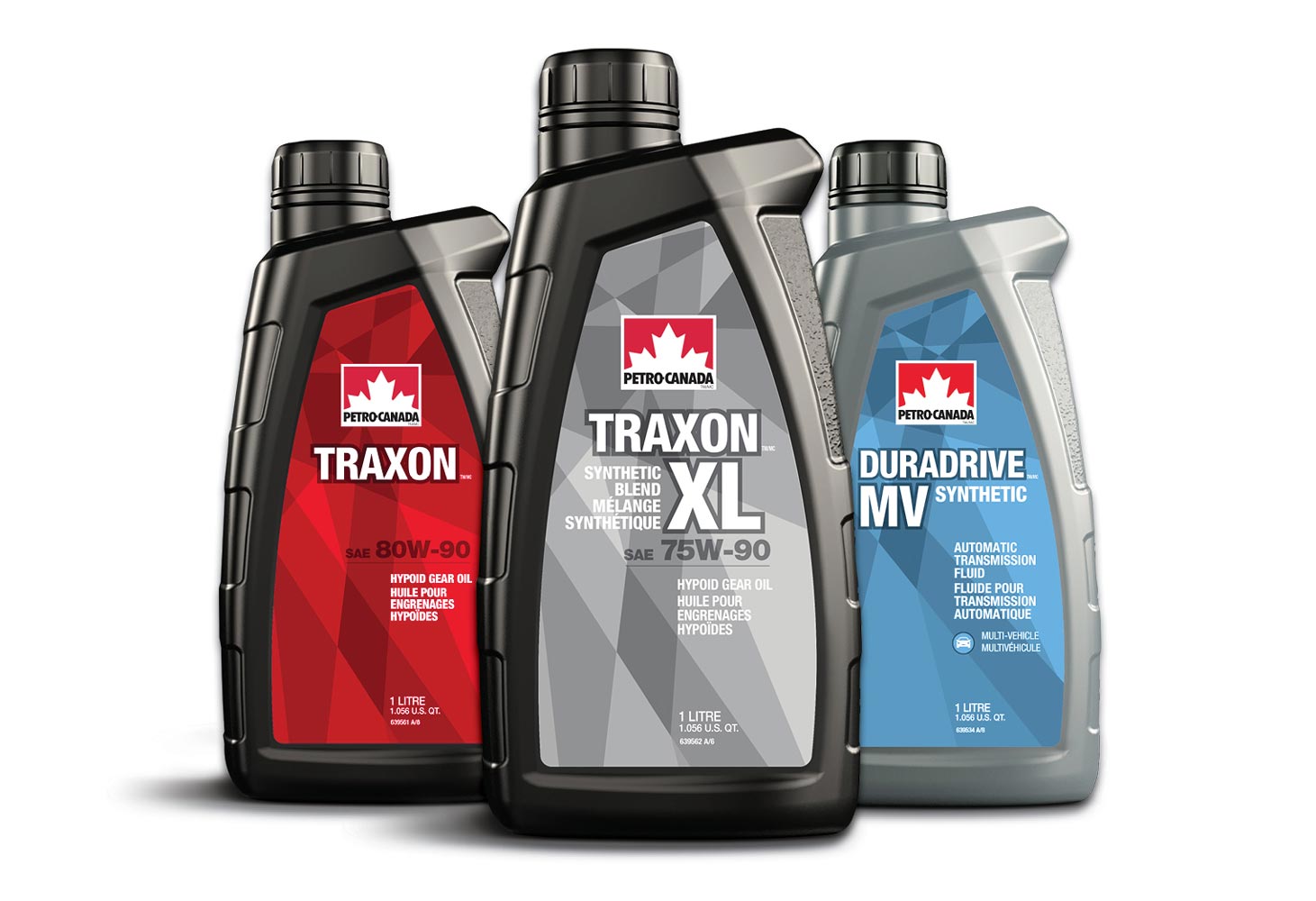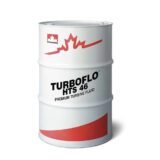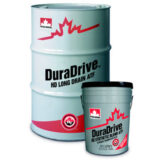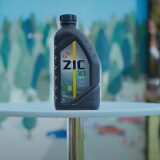
Petro-Canada Lubricants unveils new packaging for 1L bottles
Petro-Canada Lubricants has unveiled new packaging for one-litre bottles across Petro-Canada Lubricants product lines, including DURONTM, DuraDriveTM and TRAXONTM. . This follows the changes made to the brand’s SUPREME™ product line. The product packaging changes will be extended to four-litre bottles and pails later this year.
The transition to the new packaging will take place globally, from automotive, to mining and power generation lubricants.
The new user-friendly packaging design incorporates several upgrades, including a wider bottle mouth opening, enabling easier pouring and a smoother flow. The new contemporary bottles are also made from a thicker resin to produce sturdier material to support the integrity of packaging while in transit.
Featuring a new label design, the packaging also conveys product tiering so customers can easily differentiate between products. With a dynamic design, the labels are developed to be eye-catching.
“Our diverse range of lubricants and specialty fluids are developed with our customer’s front of mind, and the new packaging clearly reflects this,” said Paul Lowther, senior director of global marketing at HF Sinclair. “The evolved design of the bottles showcases the innovation of the Petro-Canada Lubricants product portfolio, while also offering enhanced lubricant flow and easier pouring.”
Many of the new bottles will also feature multiple language labels, in accordance with European CLP24 regulations, to support further sales growth and development in Europe.
The Classification, Labelling and Packaging (CLP) Regulation ((EC) No 1272/2008) is based on the United Nations’ Globally Harmonised System (GHS) and its purpose is to ensure a high level of protection of health and the environment, as well as the free movement of substances, mixtures and articles. CLP is legally binding across the EU member states and directly applicable to all industrial sectors. It requires manufacturers, importers or downstream users of substances or mixtures to classify, label and package their hazardous chemicals appropriately before placing them on the market.












